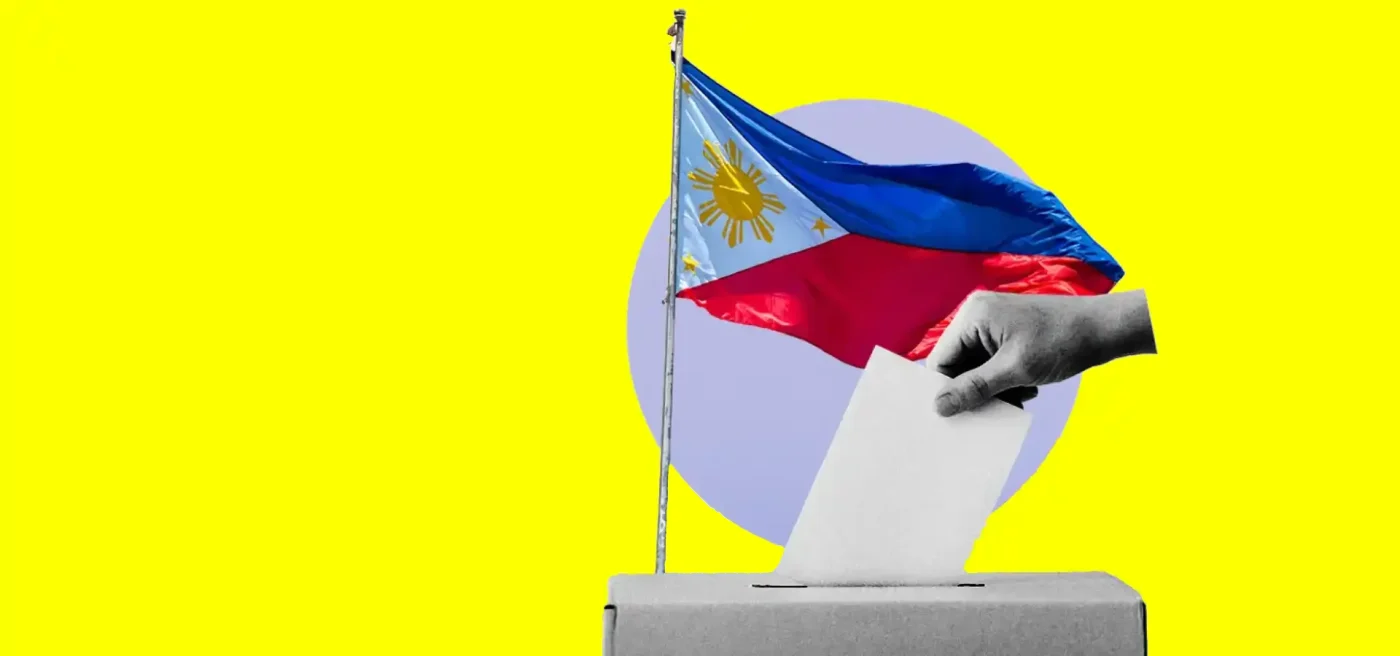In a surprising turn of events, the Philippine midterm elections on May 12, 2025, have upended conventional political wisdom, with opposition candidates Bam Aquino and Kiko Pangilinan securing second and fifth places respectively in the senatorial race despite lagging in pre-election surveys. Their unexpected success, achieved without the usual arsenal of flashy advertisements or widespread name recognition, signals a potential shift in voter priorities, particularly among younger demographics. Yet, as results roll in, the enduring grip of political dynasties and patronage politics remains a stark reminder of the challenges facing the country’s democratic evolution.
Opposition Triumphs Against the Odds
The senatorial race, often a battleground of money and media, saw Aquino and Pangilinan defy expectations. Lacking the giant tarpaulins, television commercials, and catchy jingles that typically dominate campaigns, their performance stunned even their own supporters. Pre-election surveys by Pulse Asia, conducted between April 20 and 24, had placed them outside the coveted “Magic 12” circle of likely winners. Yet, by election day, both candidates surged to the upper ranks, joined by Rodante Marcoleta in the top six.
Ronald Holmes, president of Pulse Asia, acknowledged the unprecedented volatility in rankings during an interview with a local outlet. “This election was the first time where movements in ranks were quite significant” he said. Holmes indicated that the polling firm would revisit its methodology, particularly its sampling approach, to better capture the preferences of millennial and Gen Z voters—those born between the 1980s and 2000s—who appear to have played a pivotal role in the opposition’s success.
Peter Cayton, a statistician from the University of the Philippines, attributed the discrepancy between survey predictions and actual results to the “time-sensitive” nature of voter sentiment. Events in the critical weeks leading up to the election, he argued, likely swayed public opinion in ways polls could not anticipate. Among these, the arrest and detention of former President Rodrigo Duterte at the International Criminal Court in The Hague emerged as a flashpoint, with analysts describing the high placements of Bong Go and Bato dela Rosa—first and third respectively—as “protest votes” reflecting public discontent over the international legal action.
Youth and Ideals Reshape the Ballot
The influence of younger voters, often characterized as more idealistic and issue-driven, was evident beyond the senatorial race. Pasig City Mayor Vico Sotto, whose record of transparent governance has earned widespread admiration, secured a third term in a landslide victory. His appeal among millennials and Gen Z voters underscores a growing demand for performance over personality, a departure from the glitzy, entertainment-driven campaigns that have long defined Philippine elections. Notably, several showbiz personalities and celebrities, traditionally strong contenders, failed to secure senatorial seats this time around.
This shift was further reflected in the success of party lists aligned with progressive causes. Akbayan, a group advocating for social justice, clinched the top party-list spot, earning three seats in the House of Representatives, including one for rights lawyer Chel Diokno. Similarly, Mamamayang Liberal, with former senator Leila de Lima as its first nominee, secured representation. Both Diokno and de Lima, known for their outspoken independence, are expected to bring rigorous debate to legislative sessions and bolster the prosecution in the impeachment trial of Vice President Sara Duterte.
Protest Votes and Bloc Support
While opposition gains mark a notable trend, other factors also shaped the election outcome. The strong performance of Bong Go and Bato dela Rosa, closely tied to the Duterte administration, suggests a backlash against perceived foreign interference in Philippine affairs, particularly Duterte’s detention. Meanwhile, Rodante Marcoleta’s high ranking has been linked to the endorsement of Iglesia ni Cristo, a religious organization known for its bloc-voting influence. Such dynamics highlight the complex interplay of loyalty, identity, and strategic alliances that continue to define the electoral landscape.
Political Dynasties: An Unshaken Foundation
Despite these pockets of change, the midterm elections also reaffirmed the entrenched power of political dynasties. In Davao City, the Duterte family tightened its hold, with the former president, his two sons, and two grandsons securing various local positions. Across the country, familiar surnames—Binay, Gatchalian, Cayetano, Villafuerte, Tiangco, Aguilar, Marcos, Olivares, and even Vilma Santos-Recto—dominated local and national races. The persistence of such “family heirlooms” in politics, where electoral posts are passed down through generations, remains a significant barrier to broader democratic reform.
Even among party lists, often seen as a platform for grassroots representation, the results leaned heavily toward groups perceived as proxies for powerful politicians. The Duterte Youth, for instance, placed second, while other winning lists were similarly affiliated with established political families. While figures like Gwen Garcia of Cebu and Cynthia Villar of Las Piñas saw their influence wane at the polls, their setbacks were exceptions rather than the rule.
The continued dominance of dynastic politics raises questions about the depth of the apparent voter shift. Patronage politics, where loyalty is secured through favors and familial ties, and horse-trading among political elites remain the norm. For every story of an opposition underdog triumphing on merit, there are multiple examples of entrenched power structures weathering the electoral storm with little disruption.
Surveys Under Scrutiny
The wide divergence between pre-election surveys and actual results has reignited debates over the role of polling in democratic processes. Critics argue that surveys, often commissioned by political parties or interest groups, serve as tools for “mind-conditioning” rather than genuine reflections of public sentiment. Some have even called for a ban on polling during campaign seasons, citing their potential to manipulate voter behavior.
Holmes of Pulse Asia defended the utility of surveys but admitted the need for methodological adjustments. One area of focus is the underrepresentation of younger voters in sampling, a demographic that appears less swayed by traditional campaign tactics and more responsive to policy substance and governance records. If surveys are to remain relevant, adapting to these evolving voter profiles will be essential.
Beyond methodology, the volatility of this election cycle suggests that public opinion can shift rapidly in response to unforeseen events. The interval between the last major survey and election day proved decisive, with developments like Duterte’s detention altering the political calculus in ways no poll could predict. This unpredictability, while challenging for analysts, may ultimately reflect a more dynamic and engaged electorate.
A Cautious Optimism for Reform
The opposition’s unexpected victories and the growing influence of younger, issue-driven voters offer a glimmer of hope for those advocating systemic change in Philippine politics. Candidates like Aquino, Pangilinan, Sotto, Diokno, and de Lima have demonstrated that credibility and track records can, at times, outweigh financial muscle and media saturation. Their success, coupled with a discernible voter resistance to tired campaign tropes, suggests a maturing political consciousness among segments of the electorate.
Yet, this celebratory note must be tempered by the reality of enduring systemic challenges. Political dynasties continue to flourish, local governance remains a family affair for many regions, and patronage networks show no signs of weakening. The wins of opposition and independent candidates, while significant, do not yet constitute a seismic shift in the country’s political culture. At best, they represent incremental progress—a sign that accountability and performance are beginning to matter to a critical mass of voters.
As the dust settles on the 2025 midterm elections, the question looms: can this nascent demand for substantive governance sustain itself against the weight of entrenched power? The surprising outcomes of May 12 have stoked optimism that citizens are ready to hold elected officials to higher standards. Whether this translates into lasting reform or remains a fleeting moment of defiance is a story yet to unfold.















